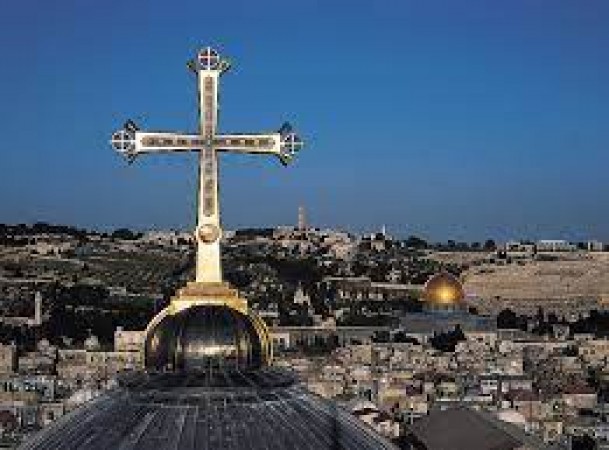
Throughout history, various civilizations have left their mark on the world through their unique architectural wonders. Among these structures are churches, which hold significant religious and cultural importance for many communities. Some of the most striking churches in the world have been constructed by repurposing and even breaking existing temples, showcasing a transformation of beliefs and architectural styles. This article delves into the intriguing stories behind some of these churches and the cultural shifts that led to their creation.
1. The Conversion of Temples
1.1 Ancient Cultural Transformations
In the ancient world, empires rose and fell, and with them came the transition of religious beliefs. Temples, once dedicated to various deities, often underwent transformations during periods of cultural change.
1.2 Embracing Christianity
With the spread of Christianity, many rulers and communities adopted the new faith. Existing temples became prime locations for the construction of Christian churches, symbolizing the triumph of the new religion over the old.
2. Hagia Sophia: A Symbol of Cultural Confluence
2.1 The Magnificent Byzantine Legacy
Hagia Sophia in Istanbul, Turkey, is one of the most remarkable examples of a church built by repurposing a temple. Originally constructed as a Greek Orthodox Christian cathedral, it was later converted into an imperial mosque and is now a museum.
2.2 The Byzantine to Ottoman Transformation
The Byzantine Empire, with its rich Christian heritage, ruled over Constantinople (modern-day Istanbul). When the Ottomans conquered the city, they preserved the grandeur of Hagia Sophia while incorporating Islamic elements into its design.
3. Notre-Dame de Paris: A Tale of Gothic Transformation
3.1 The Medieval Shift in Architecture
During the Middle Ages, the Gothic style of architecture gained prominence, emphasizing grand cathedrals with pointed arches and ribbed vaults.
3.2 Transforming Pagan Roots
The site of Notre-Dame de Paris was once home to a Roman temple dedicated to Jupiter. The Christians later erected a basilica on the same spot, which evolved into the iconic Notre-Dame we know today.
4. The Pantheon of Rome: A Temple Reborn
4.1 From Pagan Temple to Christian Basilica
The Pantheon in Rome was originally built as a temple to honor all Roman gods. However, as Rome embraced Christianity, the temple underwent a transformation into a Christian basilica dedicated to St. Mary and the Martyrs.
4.2 Preserving the Legacy
The ingenious architecture of the Pantheon, with its famous oculus, showcases the remarkable engineering skills of the ancient Romans. Its preservation as a church ensured the survival of this awe-inspiring structure.
5. St. Basil's Cathedral: A Russian Masterpiece
5.1 The Enigmatic Architecture of Russia
St. Basil's Cathedral in Moscow is an architectural marvel renowned for its vibrant colors and unique onion-shaped domes. It was built on the orders of Ivan the Terrible and stands as a symbol of Russia's rich history.
5.2 A Church Among Temples
St. Basil's Cathedral was constructed on the site of a former temple in Red Square, signifying the dominance of Christianity over the pre-existing beliefs. The transformation of temples into churches is a testament to the ever-evolving nature of human beliefs and the adaptability of architectural styles. These remarkable structures stand as a fusion of old and new, bridging the gap between diverse cultural legacies. Each church carries a story that reflects the complexities of history, leaving a lasting impact on those who admire them.
Amazon Sale to have TWS Earphones at a bear market rates
Tesla has now its new CFO placed after Zachary sets off
Capture Your Motorola Moments: How to Take Screenshots Like a Pro